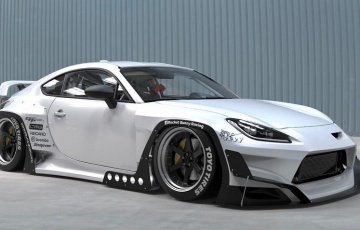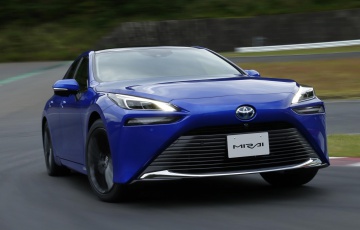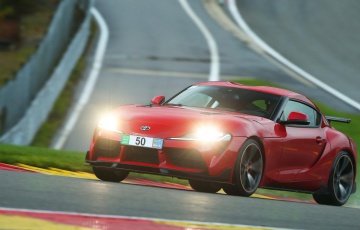Toyota’s new hybrid Le Mans Hypercar ain't your grandma’s Prius
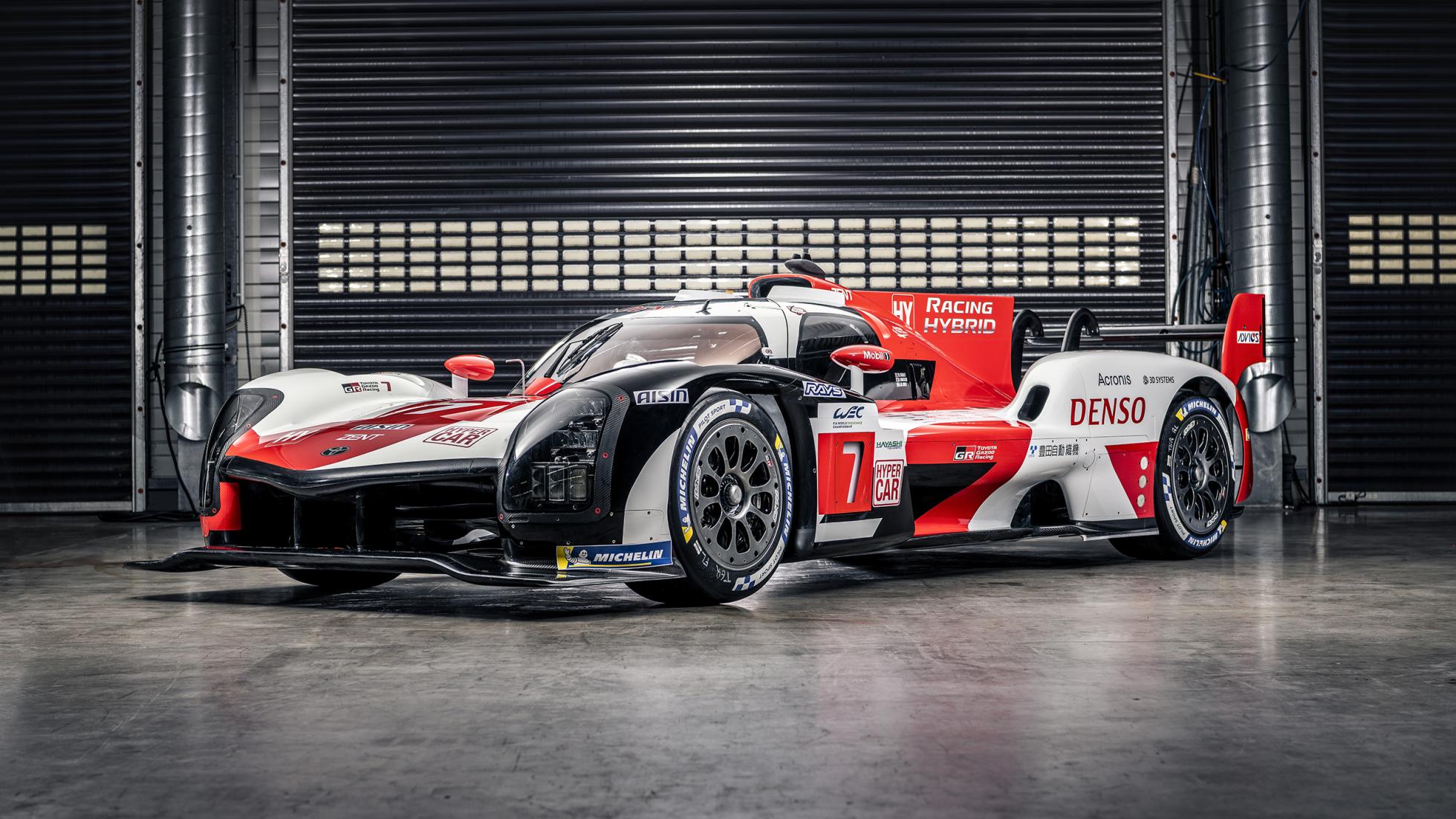
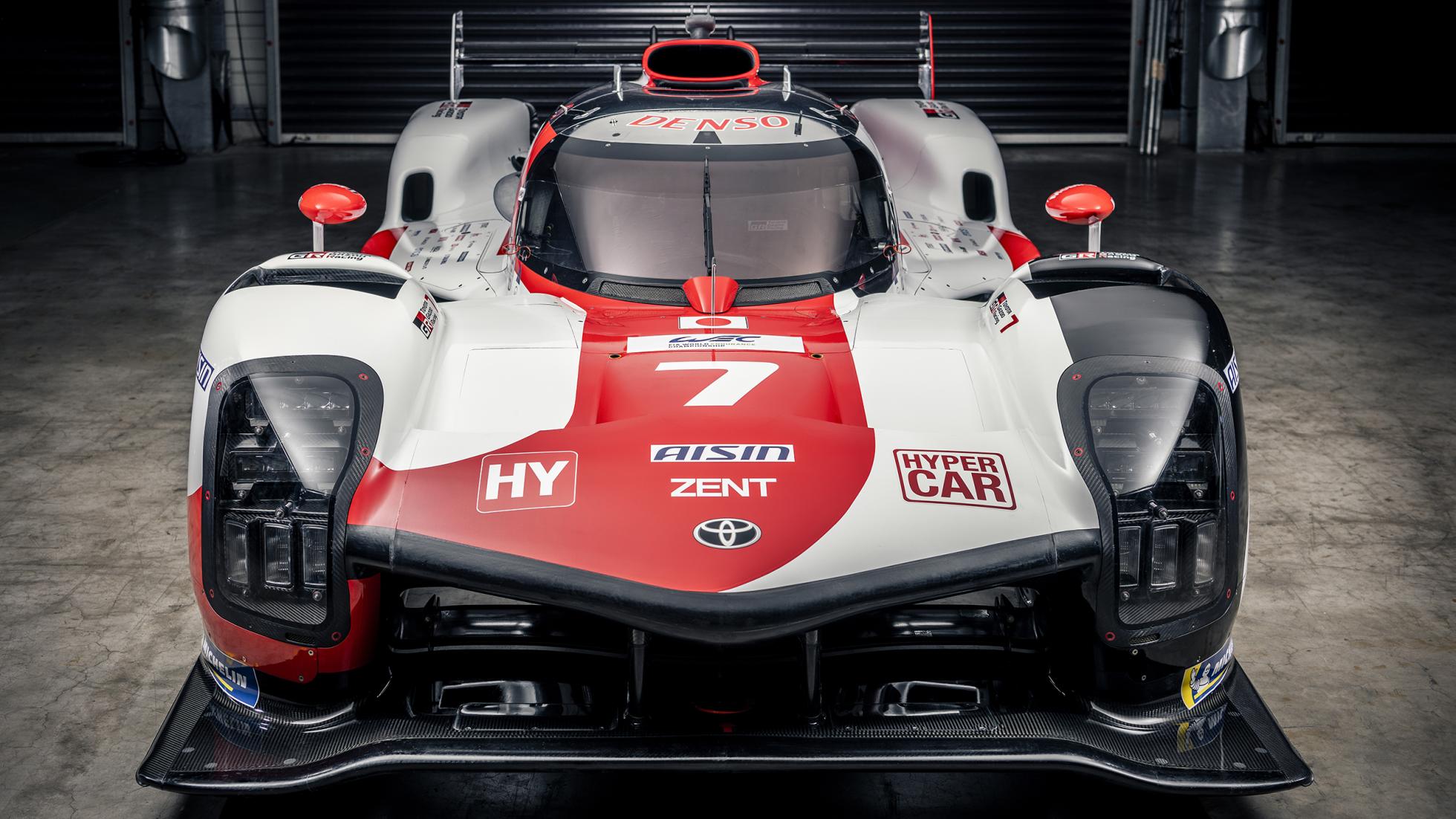
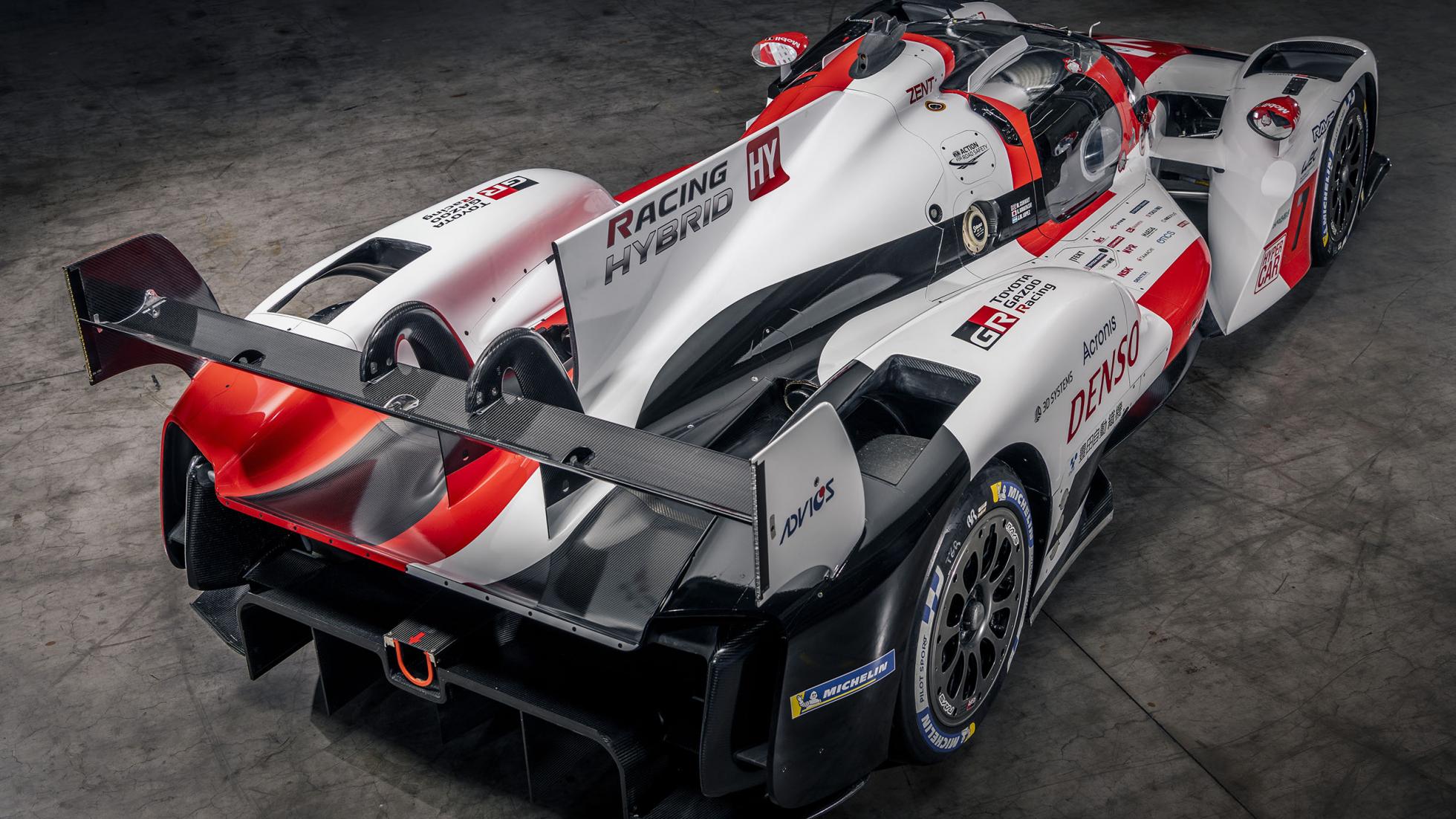
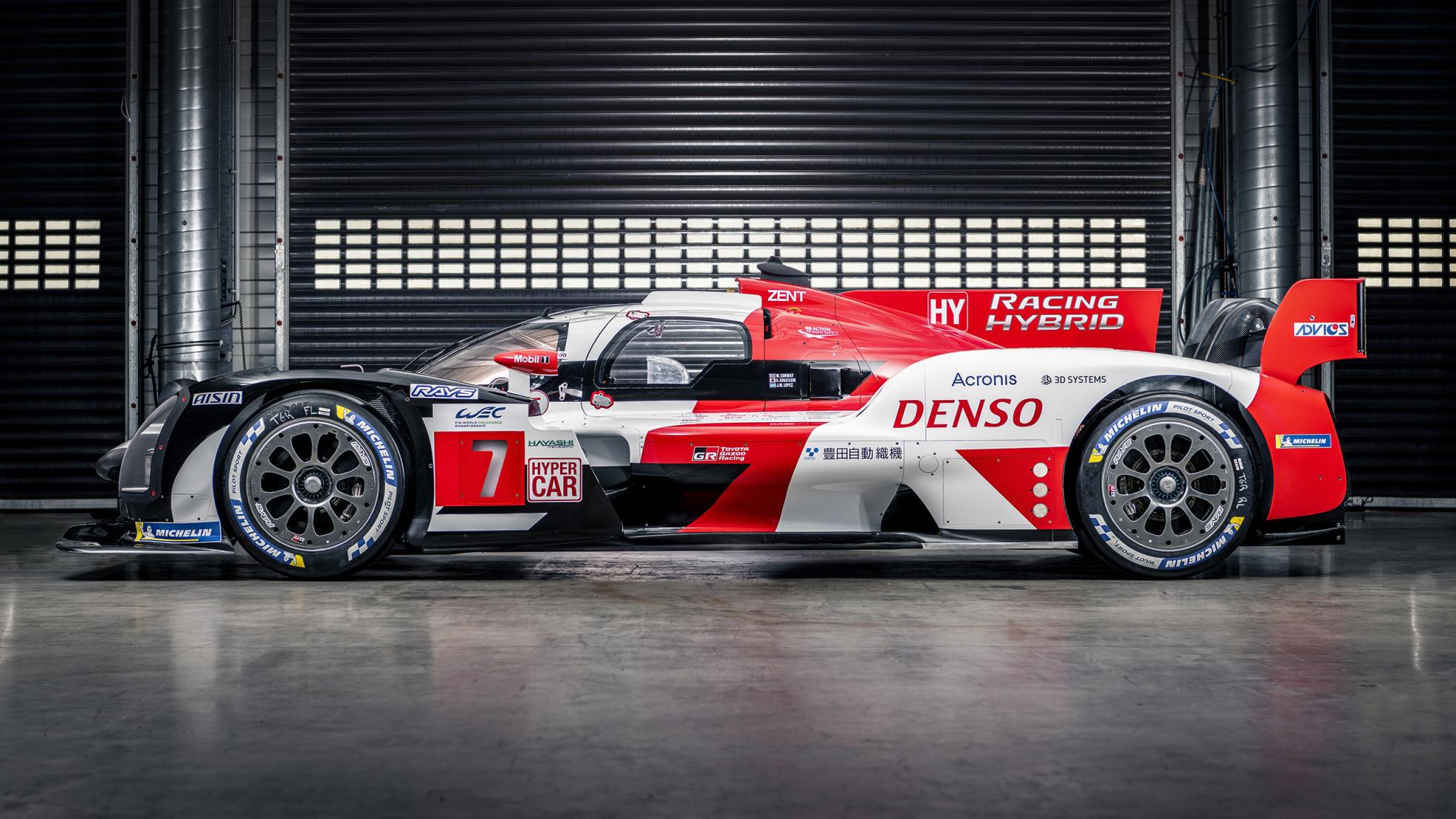
Here’s how Toyota’s been spending lockdown, folks.
After a year and a half working on an all-new endurance racing car for the 2021 Le Mans Hypercar regulations, Toyota has now revealed its contender. And if you’re just comparing its raw data to the old Le Mans-winning TS050 Hybrid, the brand-spanking new GR010 Hybrid looks… well, a bit half-baked.
Despite a bigger engine – a new 3.5-litre twin-turbo V6, in place of the old TS050’s 2.4-litre engine – the GR010 is less powerful than its immediate predecessor. The car’s also longer and wider. Toyota admits it’ll be about ten seconds slower per lap around the Le Mans circuit. And 162kg heavier.
Doesn’t sound like progress, does it? But hold on there. The Le Mans Hypercar class has been created to stem the out-of-control budgets teams were pouring into their furiously complicated ultra-hybrids. These new cars are supposed to be easier to build, cheaper to operate, better to race – oh, and they’ll be spawning road-going versions.
Yup, Toyota will reveal a GR010 with numberplates later this year. Imagine how that’s going to look plonked in the showroom between a Corolla and a RAV4.
In endurance racing, the secret to winning is to A) don’t crash and B) build a car that doesn’t need to visit the pits very often. Reliable, fuel-efficient racers rack up more laps and get trophies. So, Toyota’s been busy with a clever hybrid system for the GR010.
While the petrol engine only drives the rear wheels, the front axle is powered by an electric motor. It generates as much power as the petrol engine in a GR Yaris – around 275hp.
Because the car isn’t allowed to generate more than 680hp, the on-board computer will automatically reduce the engine’s horsepower delivery as the driver boots the throttle and the front e-motor joins in the party. Get the electrics to do more work, and the combustion engine drinks less. And Toyota hopes that means the drivers end the day sippin’ champagne.
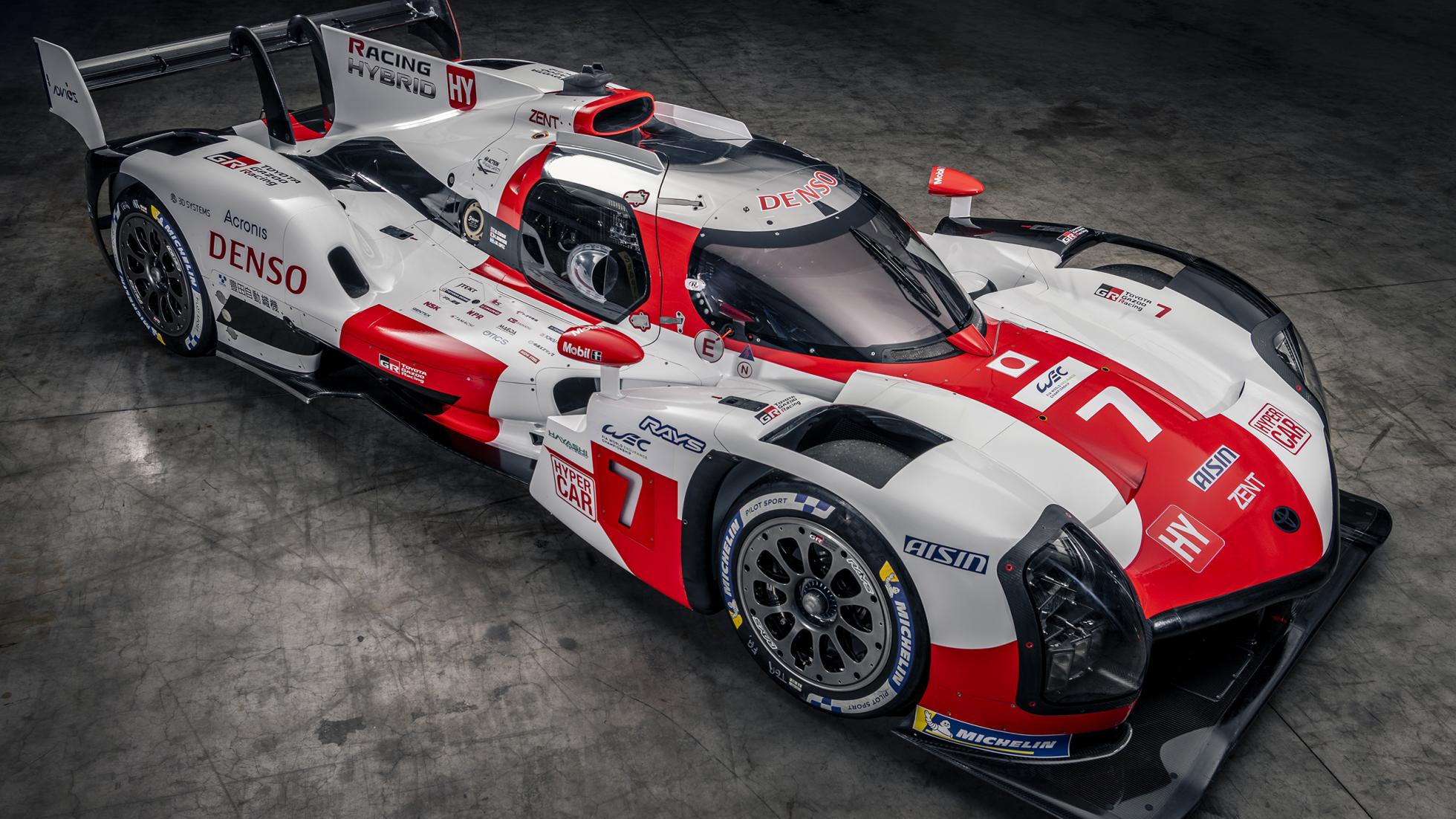
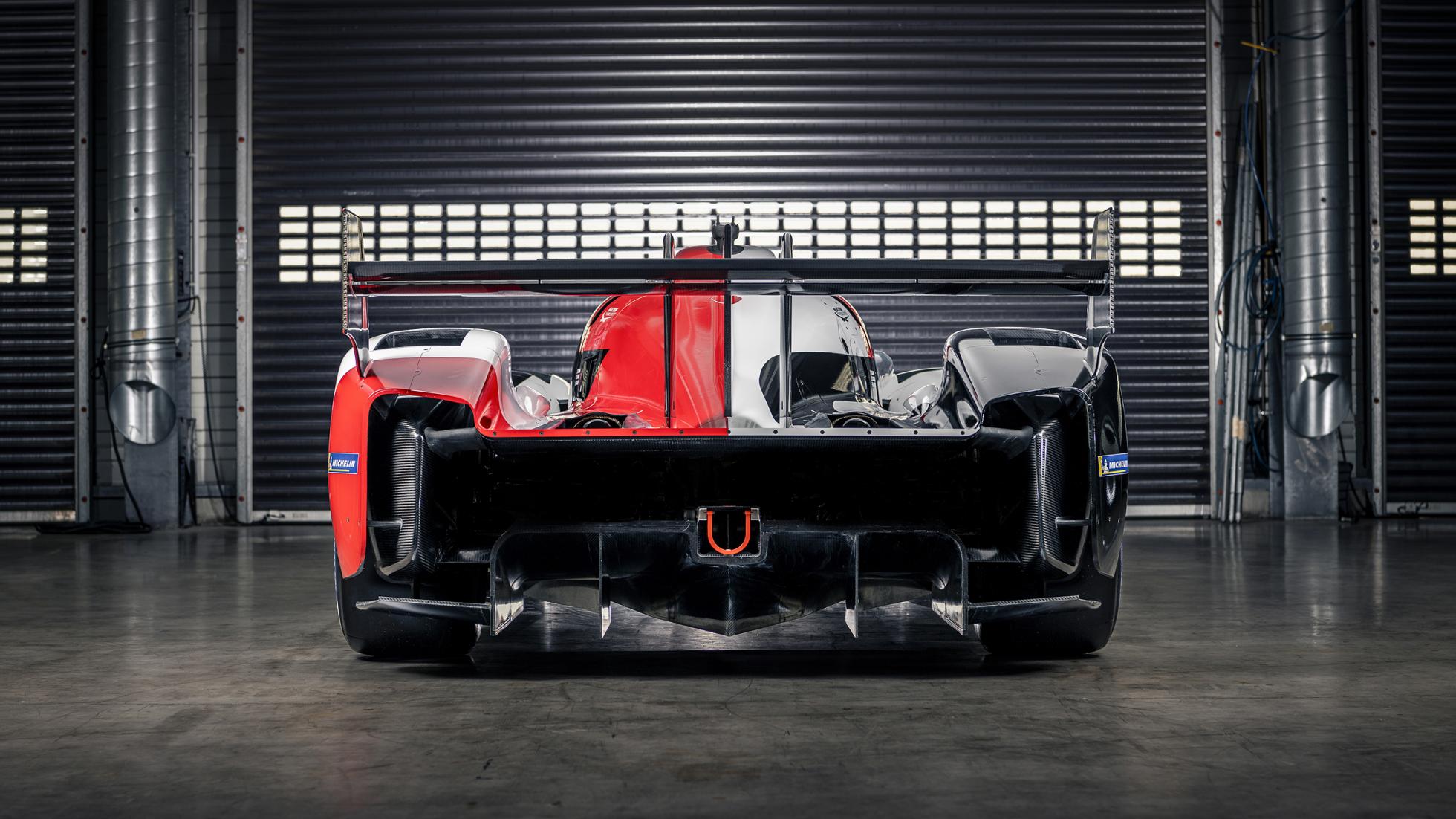
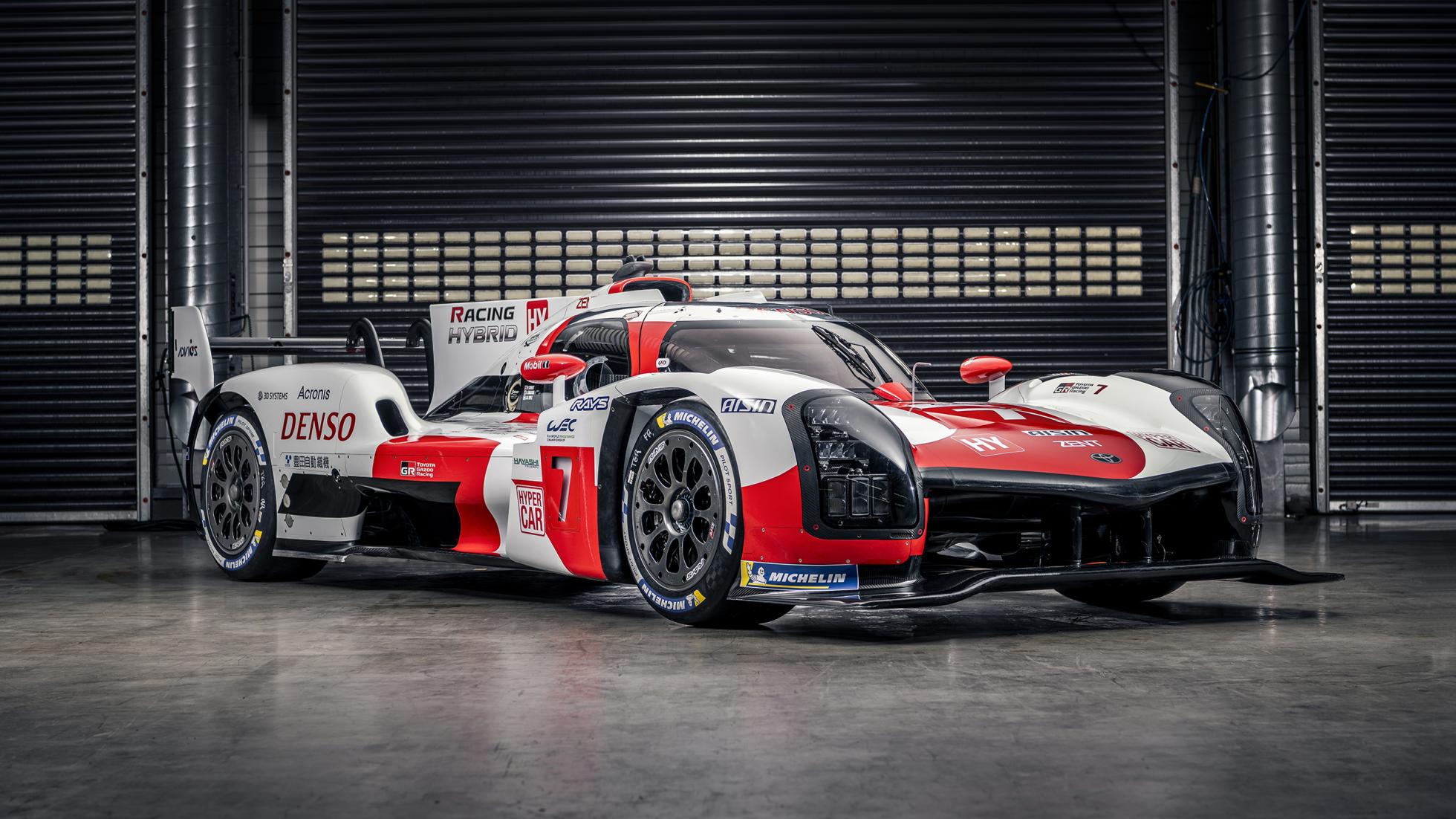
Meanwhile, Toyota’s had to develop new-but old-school hydraulic brakes, because it can’t use re-gen at the rear to slow the back axle any more. Even the downforce is less trick than we’re used to.
The rulebooks says only one bodywork design is allowed per season, so if you throw all your eggs in the ‘make it slippery for Le Mans’ basket, your car will be hopeless at the twistier circuits like Fuji and Bahrain. Why can’t they try that in F1?
We’re missing a component, aren’t we? Ah, yes, the brave fleshy bit who lies in the middle, turning the steering wheel and complaining down the radio. Reigning World Champions Mike Conway, Kamui Kobayashi and José María López will drive the #7 GR010 Hybrid while Sébastien Buemi, Kazuki Nakajima and Brendon Hartley race with the #8 car. Test and reserve driver duties fall to Nyck de Vries.
The GR010 will do battle with fellow Le Mans Hypercars from Scuderia Cameron Glickenhaus and German racing outfit ByKolles Racing. Aston Martin’s plot to enter a Valkyrie has been put on hold sadly, but Peugeot is set to join the fray in 2022…. after it’s spent a year watching from the sidelines, making notes.
Fingers crossed for a new golden age of 24-hour racing, then?
STORY Ollie Kew







